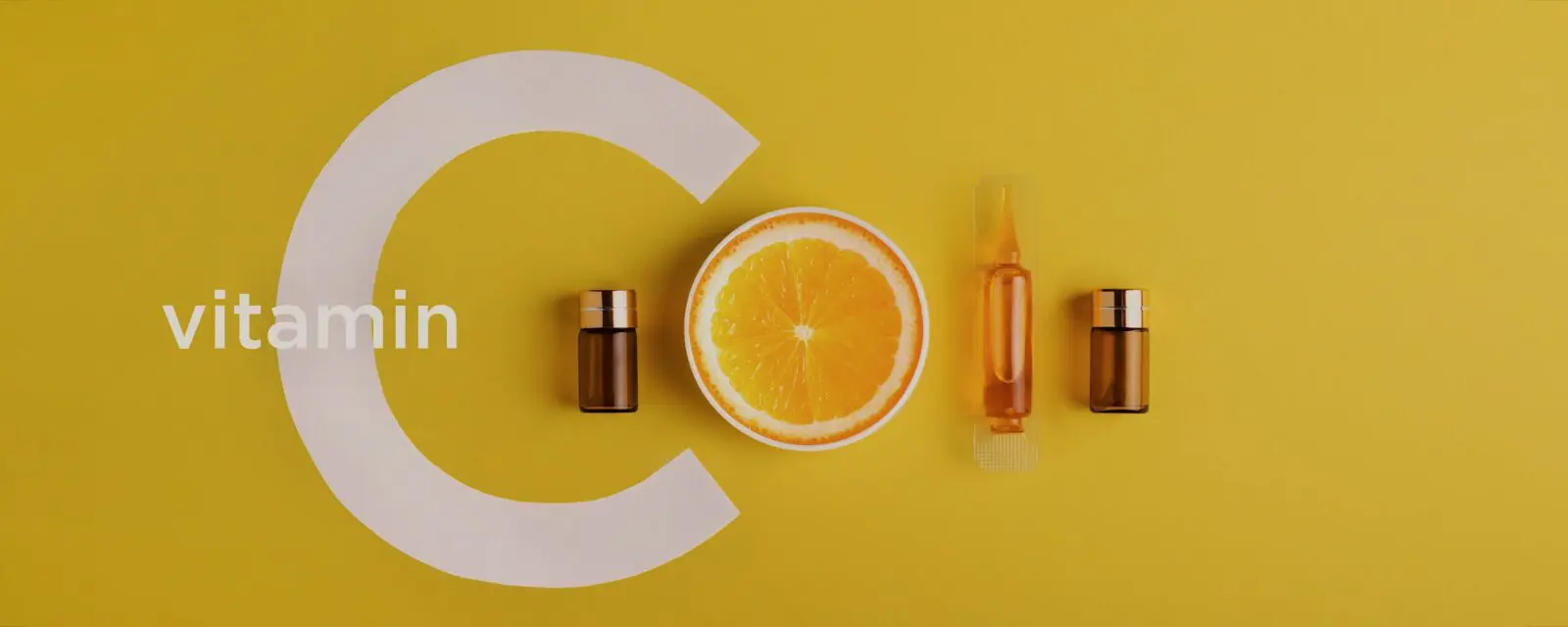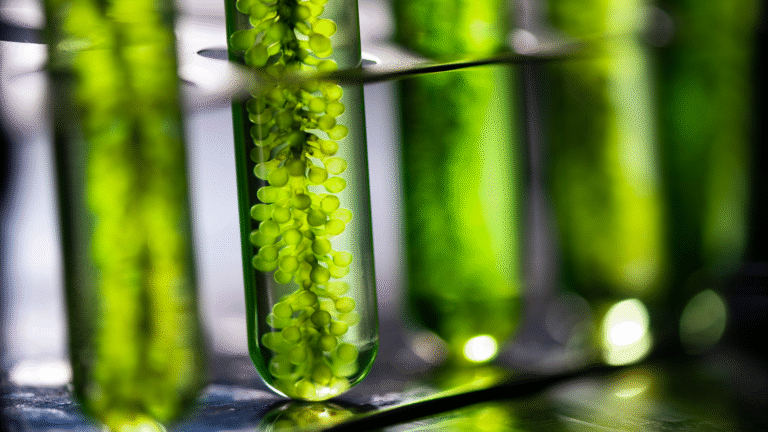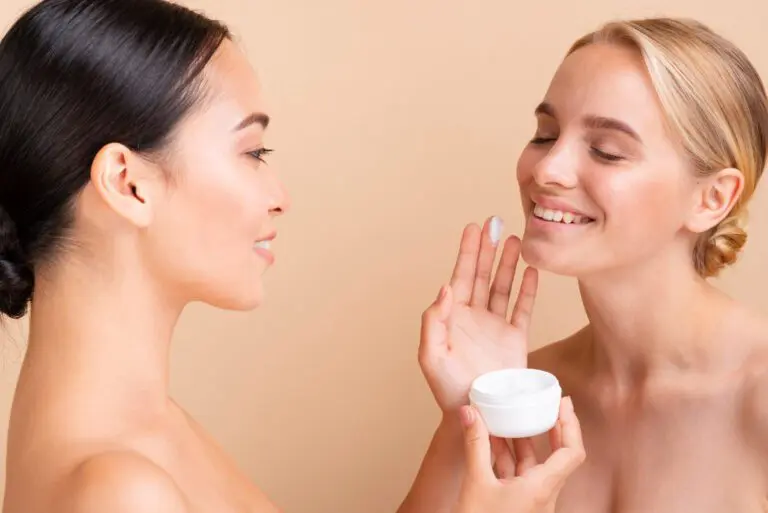Vitamin C remains one of the most trusted actives in dermatology. Yet formulators still struggle with its short shelf life and rapid oxidation in water. Therefore, the next wave of innovation has moved toward anhydrous (water-free) systems—serums that keep Vitamin C potent for up to 24 months while aligning with clean-label expectations.
Why Water Is the Enemy of Vitamin C
L-ascorbic acid begins oxidizing the moment it dissolves in water. Consequently, many serums lose activity within weeks. Removing water eliminates the main oxidation pathway and stabilizes Vitamin C without synthetic preservatives. As a result, anhydrous systems now dominate the high-performance skincare segment in 2025.
The Chemistry of Stability
Oxidation requires both oxygen and protons. In anhydrous environments, the absence of free protons dramatically slows electron transfer reactions. Moreover, neutral pH and limited moisture prevent the conversion of L-ascorbic acid into dehydroascorbic acid, preserving potency and color. Therefore, stability becomes a matter of choosing compatible solvents and delivery structures rather than low-pH stress.
Solvent Systems: Clean and Silicone-Free
Early anhydrous serums relied heavily on silicones. However, clean-beauty standards are pushing the industry toward biodegradable solvents such as:
- DMI (1,3-dimethyl-2-imidazolidinone): Enhances penetration while keeping formulas PEG-free.
- Squalane: Biobased emollient providing glide and oxidation resistance.
- Propanediol & Caprylyl Caprylate: Green alternatives that maintain transparency and sensory lightness.
- Isododecane: Quick-dry carrier delivering a silky, non-tacky finish.
Together, these solvents create stable, elegant serums that meet both environmental and performance standards.
Encapsulation & Polymer Matrices
To maintain long-term stability, modern chemists embed Vitamin C within SCH-Shellcare TRAX+, a bio-polymer matrix that forms a microscopic barrier against oxygen. This system controls release while enhancing spreadability and touch. Additionally, film-forming agents such as IPSTIC® Patch Skin-1 reinforce adhesion to the skin’s surface, ensuring sustained antioxidant delivery.
When combined with the encapsulated N-Vitamin C, these polymers create a dual-phase system that delivers immediate brightness and prolonged antioxidant protection.
Comparing Shelf Life & Performance
Traditional aqueous serums maintain efficacy for roughly 3 months after opening. By contrast, anhydrous systems stabilized with biopolymers maintain > 90 % active concentration for over 24 months under ambient conditions. Therefore, these systems reduce waste, increase formulation flexibility, and support global shipping without refrigeration.
- 24-month stability at 25 °C (dark storage)
- > 90 % L-ascorbic acid retention after 6 months at 40 °C
- No color shift or odor formation observed
Formulation Design Guidelines
To formulate anhydrous Vitamin C serums successfully, chemists should:
- Maintain water < 0.5 %
- Use antioxidant co-factors (Vitamin E + Ferulic acid)
- Incorporate polymer matrices such as Shellcare TRAX+ for controlled diffusion
- Add IPSTIC® Patch Skin-1 for film-forming and improved sensory finish
- Pair with N-Vitamin C for clean-label dual release
Additionally, formulators should adjust viscosity with natural esters rather than synthetic elastomers to meet MoCRA and EU Microplastics requirements.
Regulatory & Clean-Label Positioning
All ingredients highlighted—including N-Vitamin C, Shellcare TRAX+, and IPSTIC®—are biodegradable, microplastic-free, and fully compliant with U.S. MoCRA and EU Regulation 2023/2055. Consequently, formulators can maintain performance without PEGs, silicones, or synthetic stabilizers.
Grand Ingredients Case Study
Grand Ingredients evaluated anhydrous serum prototypes using N-Vitamin C stabilized in SCH-Shellcare TRAX+. The result: a clean, transparent system maintaining 95 % activity after accelerated aging. Furthermore, integrating IPSTIC® Patch Skin-1 created a breathable film that enhanced antioxidant retention on the skin surface.
Conclusion
In summary, anhydrous Vitamin C serums represent a turning point in formulation design—combining longevity, purity, and performance. Through bio-polymer delivery and water-free innovation, Grand Ingredients ensures each molecule of Vitamin C remains potent from production to application.
“Stability is sustainability. When actives last longer, formulations waste less.”
— Grand Ingredients CEO
References:






